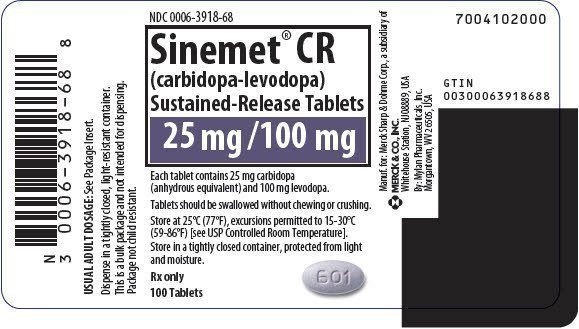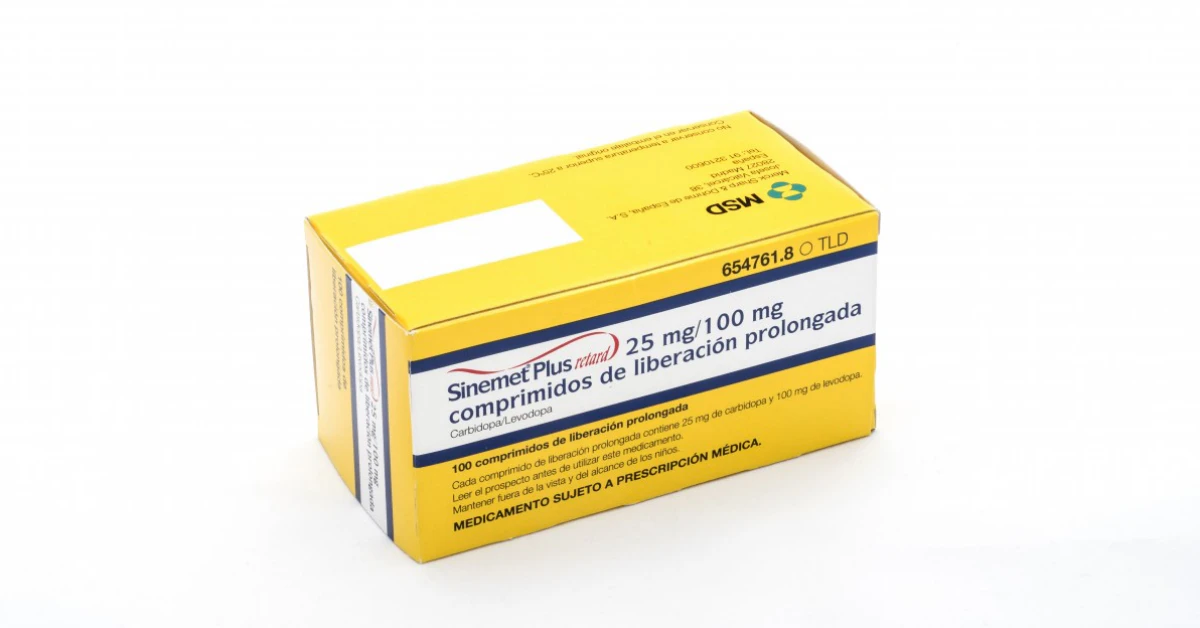Hey there! If you’ve just been handed a prescription for Sinemet and the thought “how many tablets do I actually need?” is swirling around your head, you’re not alone. Lots of folks with Parkinson’s or parkinsonism feel the same way the moment the bottle lands on the kitchen counter. In the next few minutes we’ll untangle the most common dosing questions, walk through the different strengths (including Sinemet 25/100 and Sinemet CR), and give you practical tips you can start using right away. No boring drug‑label jargon—just clear, friendly guidance that you can trust.
What Is Sinemet?
Sinemet is a combo of two drugs: carbidopa and levodopa. Carbidopa blocks the enzyme that turns levodopa into dopamine before it reaches your brain, which means more levodopa gets to the place it’s needed and you experience fewer nasty side‑effects like nausea. The two are packaged together in three basic ratios – 1:4 (the classic Sinemet 25/100), 1:10 (Sinemet 10/100) and a higher‑strength 1:10 version with 250 mg of levodopa (Sinemet 25/250). This ratio matters because it determines how much carbidopa you get each day; studies show you need roughly 70‑100 mg of carbidopa daily to keep nausea at bay according to Drugs.com.
Starting Dosage
Most doctors begin patients on the smallest, most manageable tablet: one Sinemet 25/100 taken three times a day. That gives you about 75 mg of carbidopa each day and is the sweet spot for many newcomers. If you’re completely levodopa‑naïve, the starting plan might look like this:
- One tablet of Sinemet 25/100 in the morning.
- One tablet mid‑afternoon.
- One tablet in the early evening.
For patients who were already on plain levodopa, the recommendation is to stop levodopa at least 12 hours before starting Sinemet and then begin with about 25 % of the previous levodopa dose. The goal is a gentle “wake‑up” for your dopaminergic system without overwhelming it.
Titrating Dose
After you’ve settled into the starter regimen, your neurologist will watch for how your symptoms improve and whether any side‑effects pop up. The usual rule of thumb is “add one tablet every 1‑2 days” until you reach a level that keeps tremors, stiffness, or bradykinesia under control.
Here’s a quick visual guide to the titration ladder:
| Day | Tablets per Dose | Total Daily Tablets | Notes |
|---|---|---|---|
| 1‑2 | 1 | 3 | Starter (75 mg carbidopa) |
| 3‑4 | 2 | 6 | Increase if symptoms still strong |
| 5‑6 | 3 | 9 | Maximum for most patients (8 tablets/day is ceiling) |
Remember, the ceiling isn’t a hard rule—it’s a safety boundary. If you truly need more, your doctor may switch you to the higher‑strength Sinemet 25/250 or to an extended‑release formulation.
Formulations & Strengths

Choosing the right formulation can feel like navigating a mini‑supermarket aisle. Below is a compact cheat‑sheet that lines up the most common versions.
| Formulation | Carbidopa (mg) | Levodopa (mg) | Typical Use | Special Note |
|---|---|---|---|---|
| Sinemet 25/100 | 25 | 100 | First‑line starter | Scored – can be split if needed |
| Sinemet 10/100 | 10 | 100 | Low‑carbidopa situations | May cause more nausea |
| Sinemet 25/250 | 25 | 250 | Higher levodopa demand | Used when >8 tablets of 25/100 are required |
| Sinemet CR 25/100 | 25 | 100 | Extended‑release | Do not crush or chew |
| Sinemet CR 50/200 | 50 | 200 | Higher‑strength extended‑release | Dosing interval 4‑8 h |
Got a question like “can you crush Sinemet?”? The short answer: you can split the immediate‑release (IR) tablets if they’re scored, but the CR (controlled‑release) tablets must stay whole. Crushing a CR tablet can dump the entire dose at once, increasing the risk of dyskinesia or severe nausea. Think of it like a slow‑drip coffee: you want the flavor to develop gradually, not all at once.
Common Questions
Can you crush Sinemet?
Only the immediate‑release tablets that have a score line may be split. The CR tablets—Sinemet CR 25/100 and Sinemet CR 50/200—should never be crushed. The extended‑release matrix would be ruined, leading to a sudden surge of levodopa that your body isn’t ready for.
What happens if I take Sinemet when I don’t need it?
Taking more than your brain needs can cause “off‑period” side‑effects—things like involuntary movements (dyskinesia), nausea, low blood pressure, and even hallucinations. According to RxList, serious adverse events include severe muscle stiffness, high fever, and rapid heartbeats (source). In short, it’s a delicate balance; extra tablets won’t give you extra benefit but can definitely raise risk.
How long does Sinemet last?
Immediate‑release tablets typically provide relief for 4‑6 hours, which is why you’ll be dosing three to four times a day. The CR versions stretch that window to about 8‑12 hours, allowing most patients to stay on a twice‑daily schedule once they’ve stabilized.
How long does it take for Sinemet to start working?
In a fasted stomach, you’ll feel the first tremor‑reduction within 30‑60 minutes. Full steady‑state effect might need a few days of titration because the brain needs time to adapt to the new dopamine levels. Food—especially high‑protein meals—can delay absorption, so many clinicians suggest taking Sinemet 30‑60 minutes before meals or with a light, low‑protein snack.
Rytary vs Sinemet – which is better?
Rytary is a capsule that contains multiple release phases (both immediate and extended). It’s handy for people who want a smoother “roller‑coaster‑free” experience and can handle the higher cost. Sinemet CR does a similar job but comes in tablet form. Your choice will often hinge on personal preference, insurance coverage, and how your symptoms fluctuate throughout the day.
Safety, Side‑Effects, and Monitoring
Every medication has a risk/benefit profile, and Sinemet is no exception. The most common side‑effects are nausea, dizziness, and dry mouth. More serious concerns—like dyskinesia, hallucinations, or rapid heart rhythm—should trigger an immediate call to your doctor.
Here are a few “watch‑outs”:
- Nausea & vomiting: Often a sign you need a bit more carbidopa. Raising the carbidopa component (switching to 25 mg tablets) can help.
- Dyskinesia (involuntary movements): Usually appears when the levodopa dose is too high. Your neurologist may lower the total levodopa or add a dopamine‑blocking agent.
- Orthostatic hypotension (light‑headedness on standing): Stay hydrated, rise slowly, and discuss blood‑pressure checks at each visit.
Regular check‑ins with your neurologist are essential. Typically, you’ll have labs for liver and kidney function every 6‑12 months, and your doctor will assess “wear‑off” phenomena—that period when the medication’s effect fades before the next dose.
Practical Tips & Real‑World Experience
Let’s get into the nitty‑gritty of daily life with Sinemet.
Food & timing
High‑protein meals (think steak, cheese, beans) compete with levodopa for transport across the gut wall. If you notice your meds feel “weaker” after a big dinner, try taking your tablet 30 minutes before you eat, or stick to a low‑protein snack like a banana or crackers.
Managing “wear‑off”
If you sense that symptoms creep back an hour before your next dose, a common strategy is to add a small “mid‑dose” of an immediate‑release tablet. This “top‑up” smoothes the dip without over‑loading the system.
Travel & storage
Keep Sinemet in its original container, away from moisture and heat. Pack a printed dosing schedule in your carry‑on—airports can be stressful and you don’t want to forget a dose. If you’re flying across time zones, discuss with your doctor whether a temporary dosage adjustment is needed.
Patient story
Maria, 58, started on one tablet of Sinemet 25/100 three times daily. After two weeks she felt “still a bit shaky” and her neurologist added a fourth tablet in the afternoon. “It was like the fog lifted,” she says. Six months later, Maria switched to Sinemet CR 25/100 and now only takes two tablets a day, freeing her up for evening yoga classes.
Quick Reference Cheat‑Sheet
- Initial dose: 1 x Sinemet 25/100 three times daily.
- Maximum typical dose: 8 x 25/100 per day (or equivalent strength).
- When to consider CR: After 4‑6 months on IR with “wear‑off” symptoms.
- Do NOT crush CR tablets.
- Onset: 30‑60 min; duration IR ≈ 4‑6 h, CR ≈ 8‑12 h.
Conclusion
Finding the right Sinemet dosage is a personal journey, not a one‑size‑fits‑all equation. The good news? With careful titration, most patients achieve steady symptom control while keeping side‑effects at bay. Keep the conversation open with your neurologist, track how you feel each day, and don’t hesitate to ask questions—no question is too small when it comes to your health.
We’d love to hear from you! Have you just started Sinemet, or are you adjusting after years of use? Share your story in the comments, or drop us a line if anything in this guide isn’t clear. Together we can make the dosing process less mysterious and a lot more manageable.


















Leave a Reply
You must be logged in to post a comment.